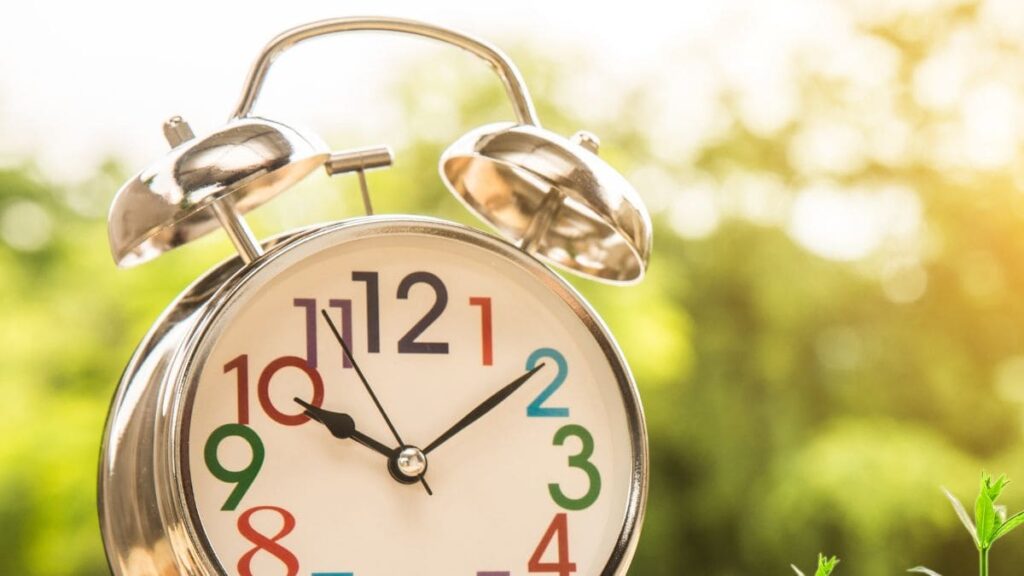In the United States, while most states adjust their clocks twice a year to better utilize daylight, a select few have chosen not to participate in this practice.
Although daylight saving time (DST) is widely adopted, some states and territories have opted to remain on standard time year-round.
Which States Do Not Observe Daylight Saving Time?
- Hawaii: This island state, known for its tropical climate and geographic isolation, does not observe daylight saving time. Due to its proximity to the equator, the variation in daylight hours throughout the year is minimal, making it unnecessary to adjust clocks.
- Arizona (except the Navajo Nation): Arizona has decided not to participate in daylight saving time due to its extremely hot climate. By not moving the clocks forward or backward, the state minimizes exposure to heat during the hottest parts of the day, which results in reduced energy consumption for cooling. Notably, the Navajo Nation, which spans parts of Arizona, Utah, and New Mexico, does observe daylight saving time, unlike the rest of the state.
U.S. Territories That Do Not Change Their Clocks
- Puerto Rico: As a Caribbean territory, Puerto Rico is located at a latitude similar to Hawaii, where the variation in daylight duration is minimal throughout the year. Therefore, it does not follow daylight saving time.
- Guam: This U.S. territory in the Pacific also remains on standard time year-round. Like other island territories, the daylight hours do not vary enough to justify changing the clocks.
- American Samoa: Situated in the South Pacific, this U.S. territory follows a similar pattern to Guam and Puerto Rico, remaining on standard time without clock adjustments.
- U.S. Virgin Islands: Located in the Caribbean, these islands also avoid daylight saving time due to the minimal variation in daylight hours.
Reasons Behind Not Adopting Daylight Saving Time
The states and territories that choose not to observe daylight saving time do so for practical and geographical reasons. In regions near the equator, such as Hawaii, Puerto Rico, and Guam, the variation in sunlight during the year is so small that adjusting the clocks provides little benefit.
In Arizona’s case, the primary reason is the climate. During the summer months, temperatures in the state can be extremely high. Staying on standard time helps reduce exposure to heat and the need for air conditioning, which in turn lowers energy consumption.
The Navajo Nation: An Exception Within Arizona
Interestingly, while Arizona as a whole does not observe daylight saving time, the Navajo Nation, which occupies parts of Arizona, Utah, and New Mexico, does. This exception exists because the Navajo Nation has chosen to follow daylight saving time to maintain consistency with other areas of its territory that are outside Arizona and do observe the time change.
Future Perspectives on Daylight Saving Time
While some states and territories have opted out of daylight saving time, the discussion about its usefulness continues to be a topic of national debate. In recent years, there have been movements to make daylight saving time permanent in several states, although such changes require federal approval.
The diversity in the adoption of daylight saving time across the United States reflects the different needs and geographic conditions of its states and territories. In the future, we may see more exceptions or even a national shift in how time is managed across the country.
